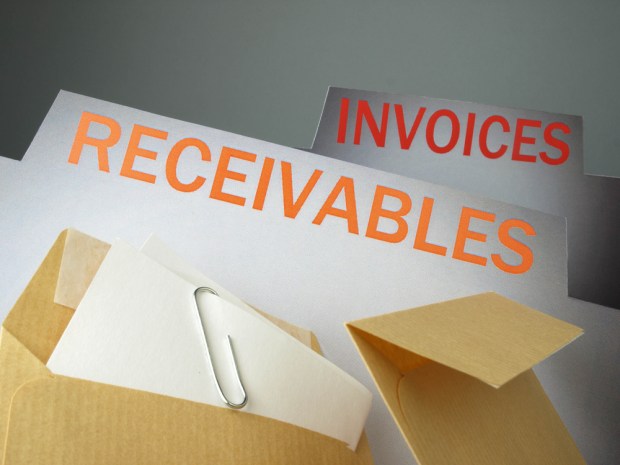Why Banks Join FinTechs To Look At More Angles Of Accounts Receivable

The rivalry between banks and FinTechs seems to be morphing into a B2B ecosystem of collaboration, but the latest joint initiative between KeyBank and Billtrust goes a step further: In addition to launching a partnership, KeyBank has also revealed news that it made a strategic investment in the accounts receivable FinTech.
Together, they built the KeyTotal AR Platform for KeyBank’s business customers, an effort that the bank’s Co-Head of Product & Innovation, Enterprise Commercial Payments, Matt Miller, explained is indeed a response to companies struggling not only to receive payments more efficiently, but to apply that cash more strategically. But Miller also offered some insight into KeyBank’s vision for that evolution of collaboration between traditional and alternative financial service providers.
“Four years ago, KeyBank embarked on a strategy of partnerships in FinTech,” he explained. “At that time, headlines were focused on who’s going to win: FinTechs or banks? And we believe the reality of the situation now is that it’s more about partnerships than, necessarily, head-to-head competition.”
Those collaborations are a reflection of banks’ shifting focus on how to best serve their customers in the age of accelerated financial services innovation, Miller noted, adding that it’s necessary in order for traditional FIs to remain competitive.
That’s because many FinTechs have approached the market in ways some banks failed to approach it.
“Historically, over the past several decades, banks have been very focused on payment execution — in its simplest form, moving money from Point A to Point B as efficiently and as transparently as they can, within all of the regulatory and compliance confines they need to,” the executive said. “For a while, there’s been a lot of innovation in both before and after the payment. Banks are now inherently competing with not just each other, but those innovating in those spaces.”
“We see a lot of FinTechs innovate in that space before and after payments, delivering value there,” he continued. “And they win relationships because of that innovation, and therefore they win the rights to execute that payment.”
As banks like KeyBank begin to explore those pain points that occur both before and after the payment occurs, it is also looking at FinTechs as strategic partners to ease that pain for business customers. In the case of the Billtrust collaboration, Miller said KeyBank identified a common issue among businesses in their accounts receivable departments.
“In the accounts receivable space, regardless of vertical or size of company, we have seen consistent challenges across the spectrum,” he said. “Really, the biggest is around cash application.”
Companies are struggling to not only accept online payments, but to integrate those payments into existing ERP and other back end systems to apply that cash around the company.
“That, a lot of times, is an extremely painful process,” he said.
It’s an example of a pain point that occurs after an online payment, but Miller said it’s a pain point that exists before payment can be key to solving that cash application struggle.
“If you think about cash application being a problem, if you can be efficient on the invoice side, that data can flow through a single point of contact,” he said. Especially in the mid-market and larger enterprise space, Miller explained that years of mergers and acquisitions mean disparate systems across the company. Even eInvoicing can be impacted, with one business having multiple invoice templates, for example.
“You have systems that are barely talking to each other, or they’re ‘duct taped’ together,” he said. “You can have 50, maybe 100 different invoice templates in one organization. It impacts how data is collected and then [is] passed onto the client. If we can efficiently present an invoice, then when we receive payment, you know all of the details behind the invoice, and you can take a lot of error out of the cash application process.”
Examining pain points like eInvoicing in the broader scope of B2B corporate finance enables banks to understand what needs to be fixed. They can then take that information and research it, which FinTechs are able to solve more efficiently.
Adding in an equity investment in these FinTech partners, Miller said, “allows us to have a very powerful relationship with that partner.”
A collaboration addressing accounts receivable pain points, the executive added, can be a huge value-add to all business clients.
“There’s no doubt about it,” Miller said. “Any business looks at getting paid more quickly as a valuable outcome. Any CFO we talk to would point to that as a favorable outcome, to accelerate receivables.”